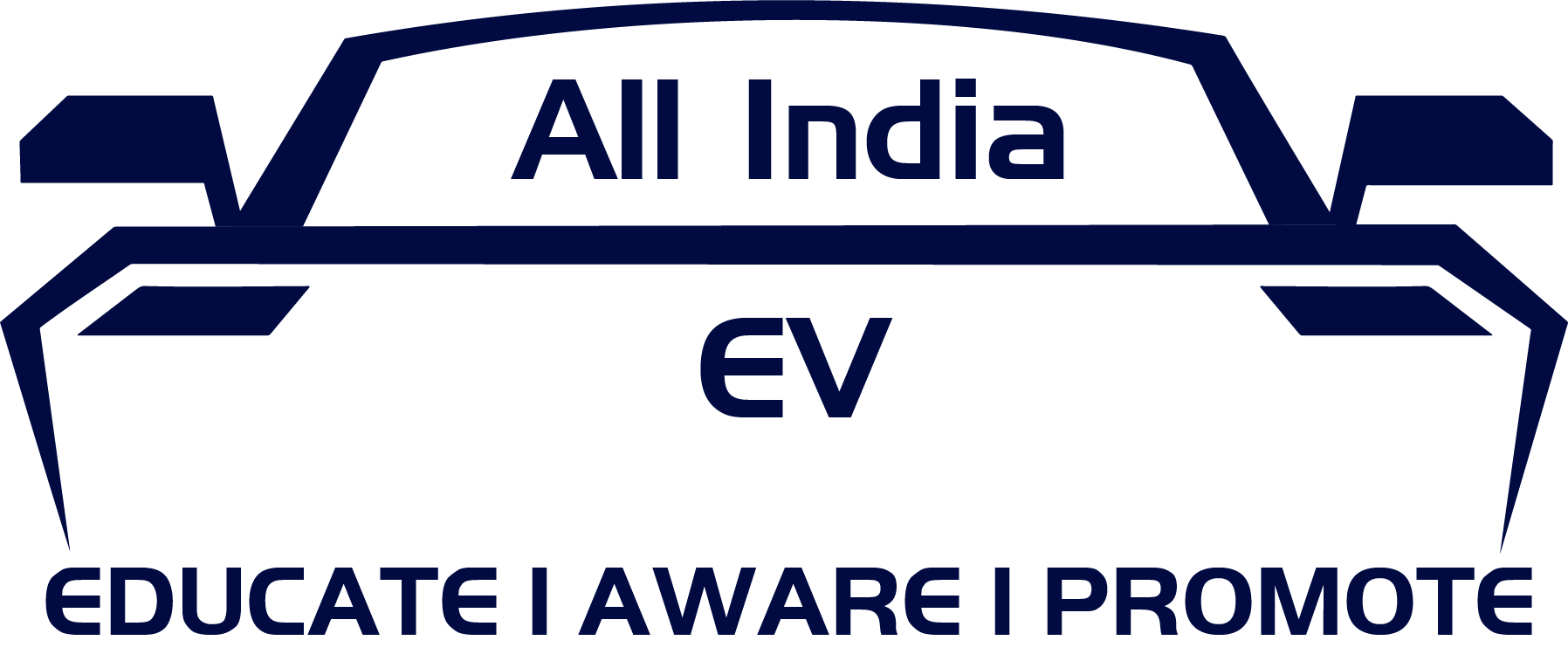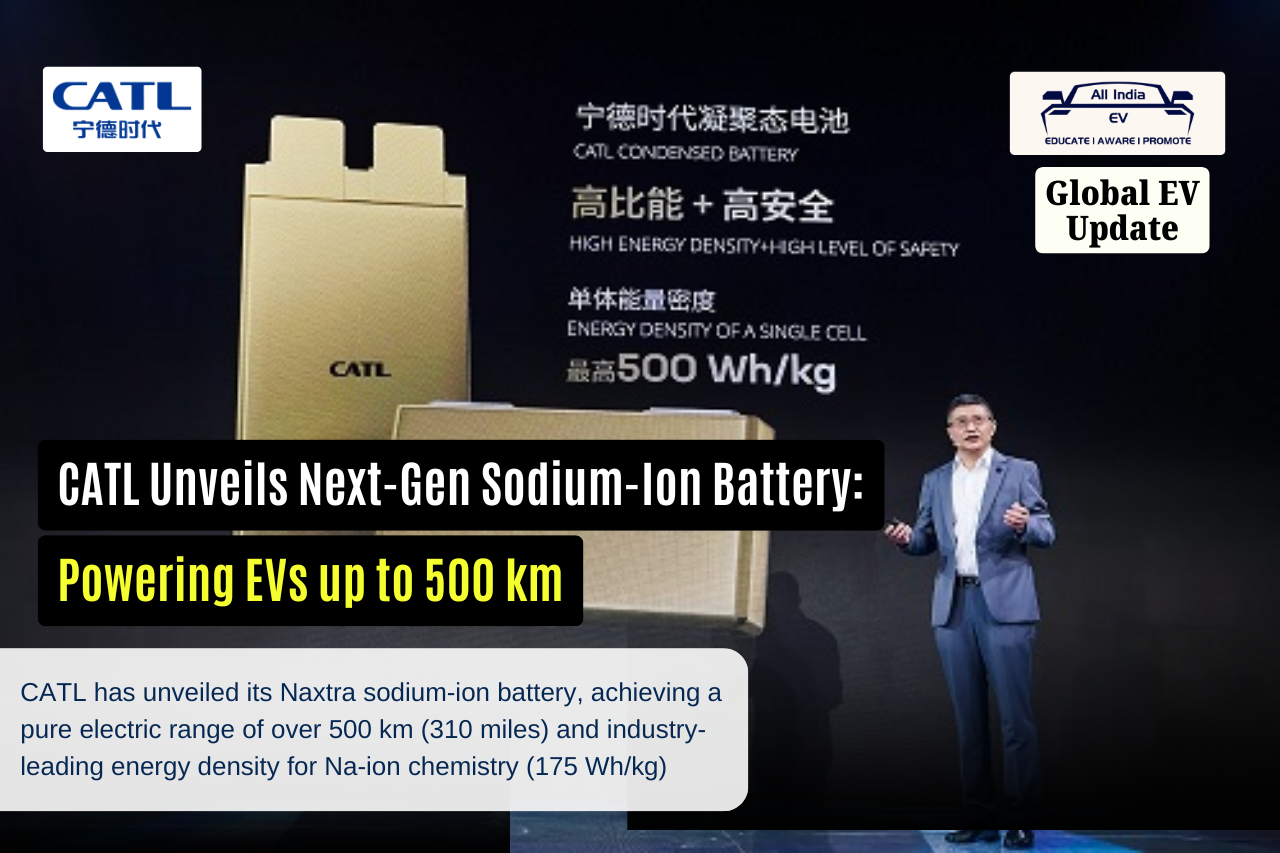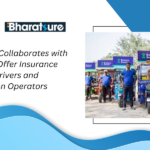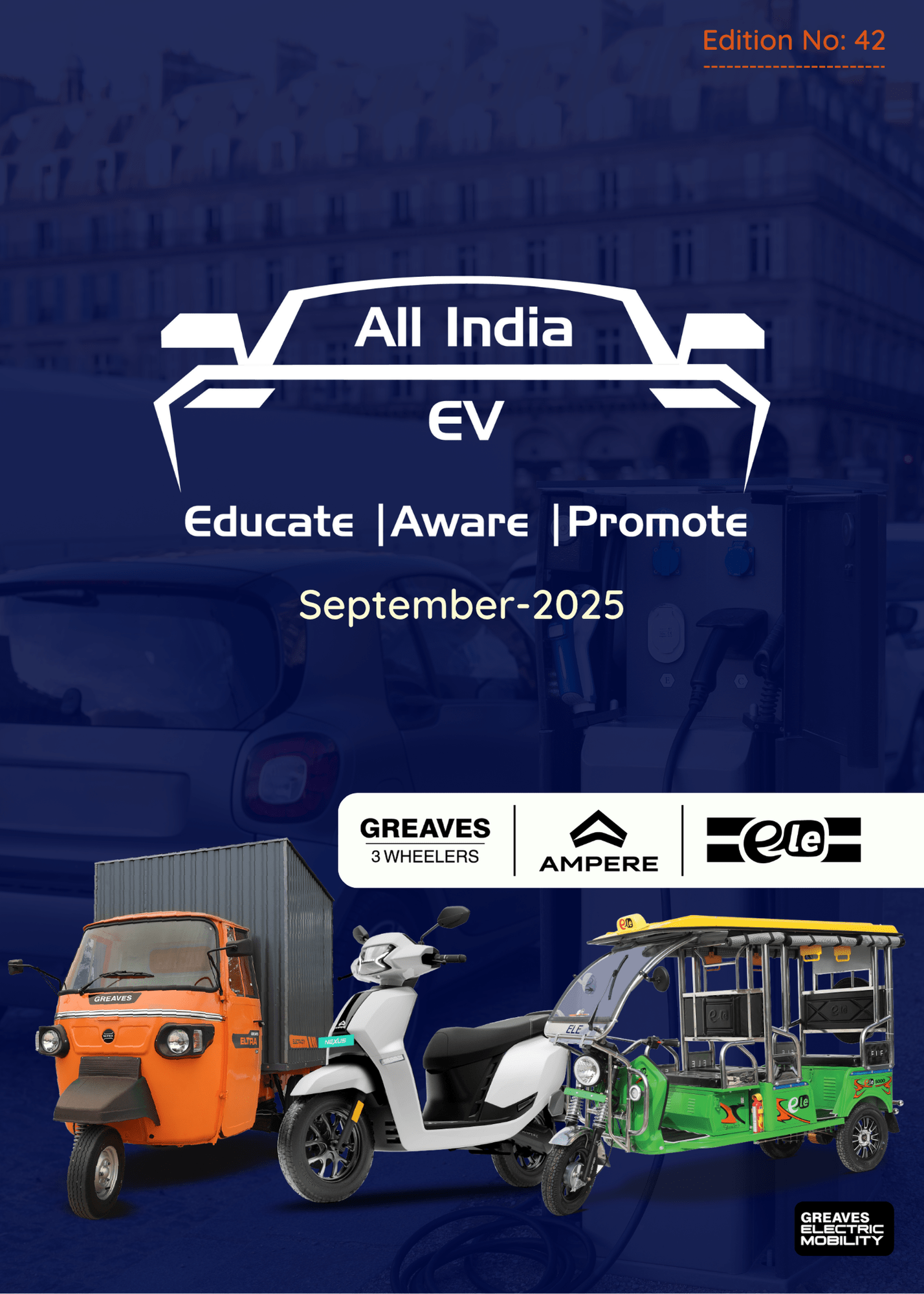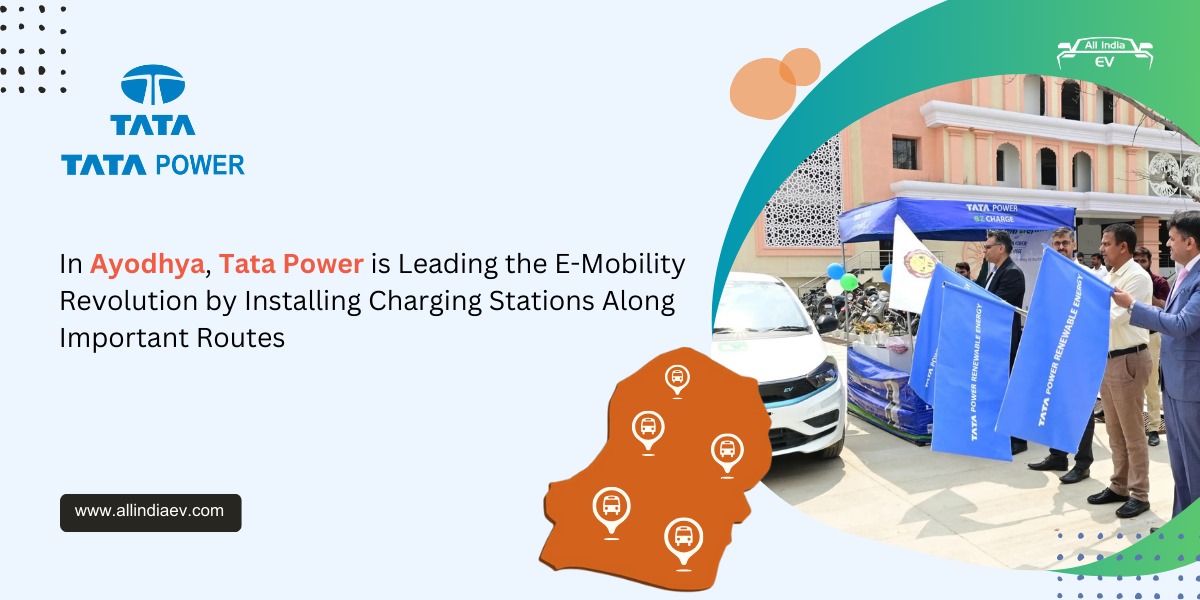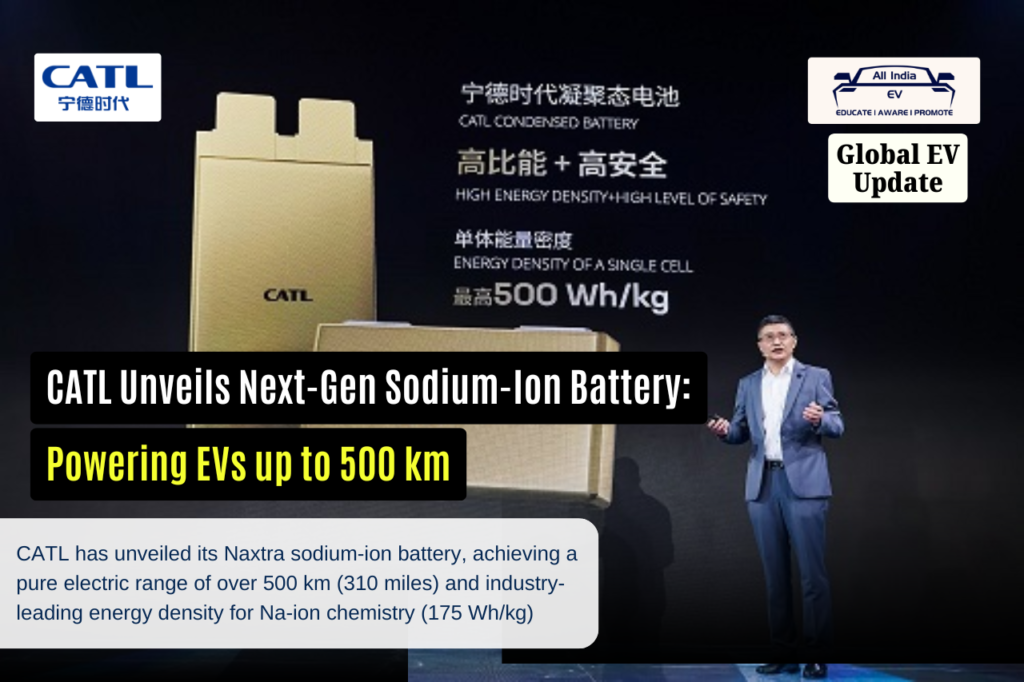
With Li-ion Limits Rising, CATL Turns to Sodium-Ion Batteries for Higher Energy Density and Range
In a major technological leap for the global electric vehicle (EV) industry, Contemporary Amperex Technology Co. Limited (CATL) — the world’s largest battery manufacturer — has unveiled its next-generation “Naxtra” sodium-ion battery, offering a driving range of over 500 km, 10,000 charge cycles, and enhanced safety. The innovation marks a significant step forward in the transition toward more sustainable and cost-effective EV batteries, reducing dependence on scarce lithium resources.
Sodium-Ion: The Future Alternative to Lithium-Ion Batteries
As the EV market expands rapidly, there’s growing pressure to develop batteries that deliver higher energy density, faster charging, longer lifespan, and improved recyclability. While lithium-ion (Li-ion) batteries have long dominated the sector, challenges like limited lithium reserves, high costs, and carbon-intensive mining are prompting a shift toward sodium-ion (Na-ion) and lithium iron phosphate (LFP) chemistries.
Sodium, unlike lithium, is abundant, inexpensive, and environmentally sustainable, significantly reducing supply chain risks. With sodium-based batteries, manufacturers can ease global dependency on lithium and improve the sustainability of EV production.
CATL’s Breakthrough: The Naxtra Sodium-Ion Battery
CATL’s Naxtra sodium-ion battery is being hailed as a game-changer. It delivers a pure electric range exceeding 500 km (310 miles) and offers a lifespan of up to 10,000 charging cycles, equivalent to a projected 3.6 million miles of driving — far outperforming current LFP batteries.
According to CATL, Naxtra could meet up to 40% of China’s passenger vehicle battery demand, making it a potential large-scale solution for affordable EVs. Moreover, the sodium-ion chemistry shows superior performance in extreme climates. Unlike traditional lithium-ion batteries that lose efficiency in cold weather, Naxtra maintains fast-charging performance between −40°C and 70°C, with minimal power degradation even in low-charge states.
Tackling the Energy Density Challenge
One of the main concerns about sodium-ion batteries has been lower energy density, which affects the vehicle’s overall range and weight balance. CATL has addressed this by achieving an impressive 175 Wh/kg energy density, currently the highest among sodium-ion batteries, and comparable to LFP batteries.
Crucially, the Naxtra battery retains 90% of usable power even at −40°C, without notable performance loss. While sodium’s higher atomic weight does make the battery heavier, CATL’s advancements in materials engineering are helping mitigate the design challenges for EV manufacturers.
Rapid Charging and Unmatched Safety
Fast charging remains a key consumer demand. CATL’s sodium-ion battery achieves 80% charge in just 15 minutes at room temperature, showcasing remarkable progress since the company introduced its first-generation sodium-ion battery in 2021.
Safety is another highlight. The Naxtra battery is flame-proof and explosion-proof, eliminating the risks of thermal runaway common in lithium-based chemistries. CATL recently announced that Naxtra has passed China’s new national safety standard (GB 38031-2025) — becoming the first sodium-ion battery to meet this benchmark. The certification confirms that fast-charging capabilities do not compromise safety, a critical factor for EV adoption.
Mass Production and Industry Impact
CATL is currently producing its second-generation sodium-ion battery prototypes, with mass production scheduled for 2026. The company has entered a strategic partnership with Li Auto, a leading Chinese EV manufacturer, to integrate sodium-ion batteries in its upcoming premium smart EV models.
Industry experts believe this breakthrough could reshape the global EV battery landscape, especially in markets like India, where cost-effective and climate-resilient battery technology is crucial for mass EV adoption.With CATL’s Naxtra sodium-ion battery, the future of electric mobility looks more sustainable, affordable, and accessible, bringing the world one step closer to a cleaner and more energy-secure transportation ecosystem.
